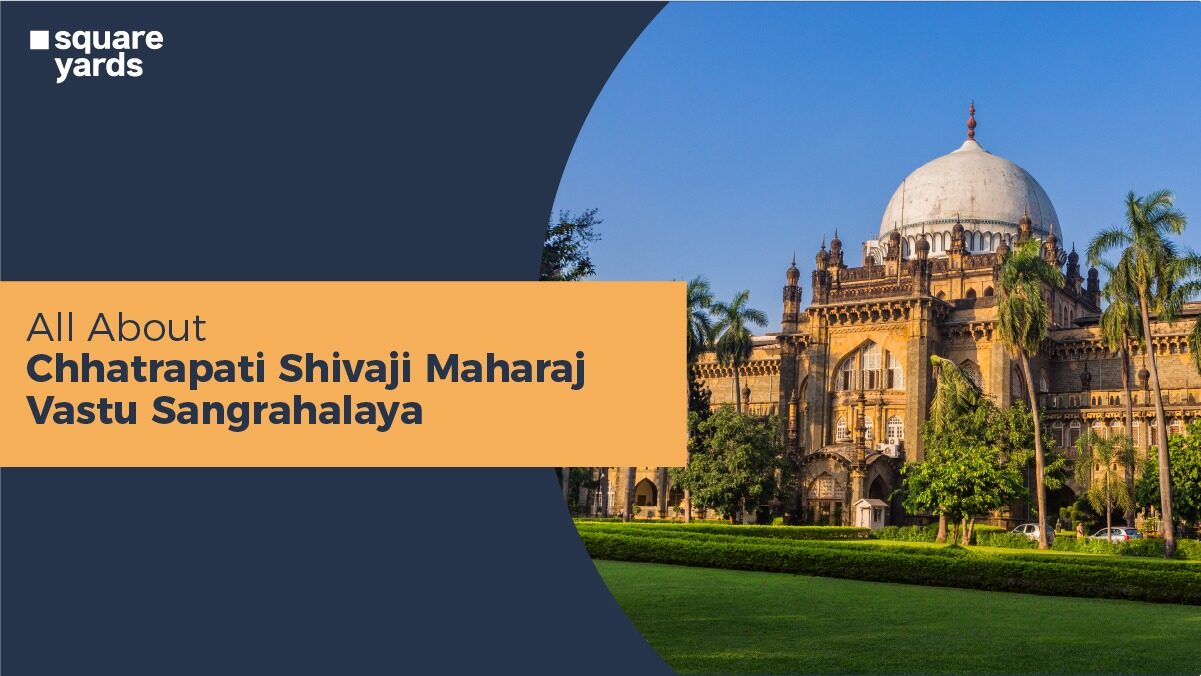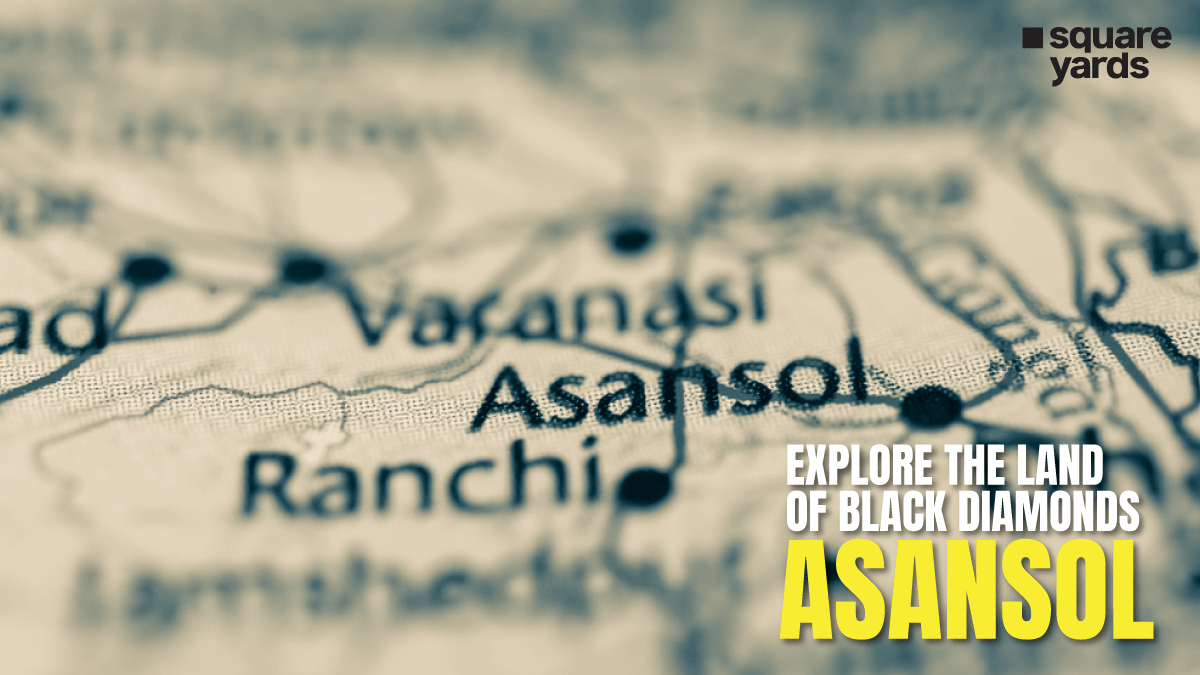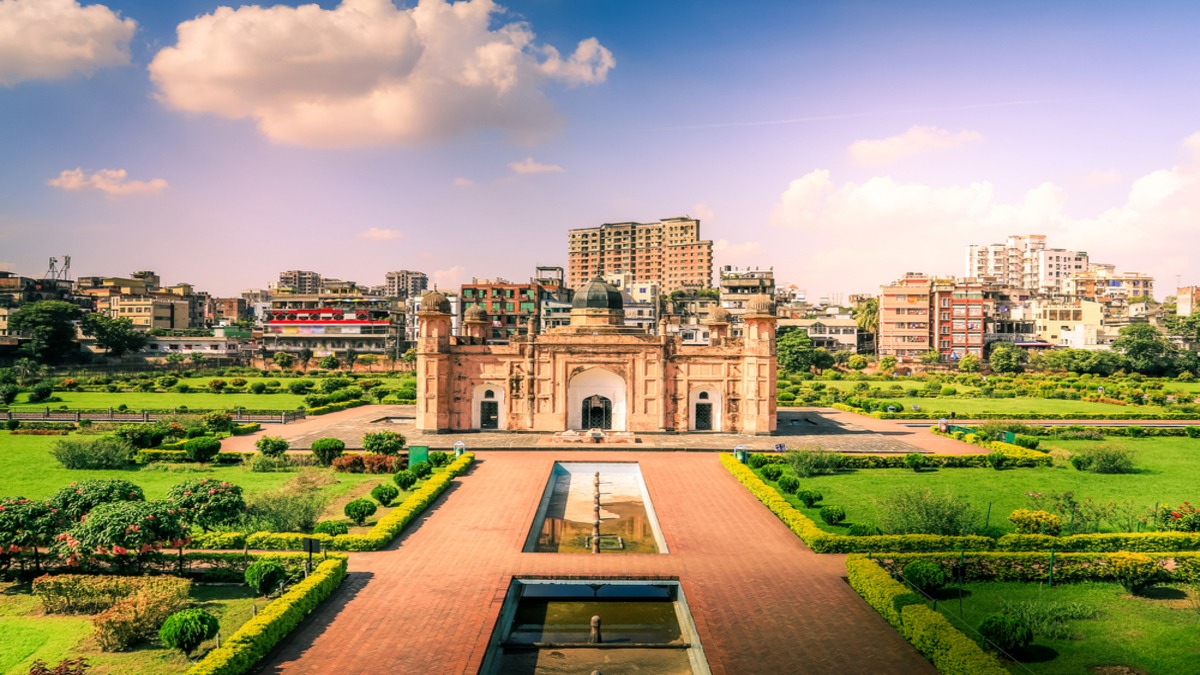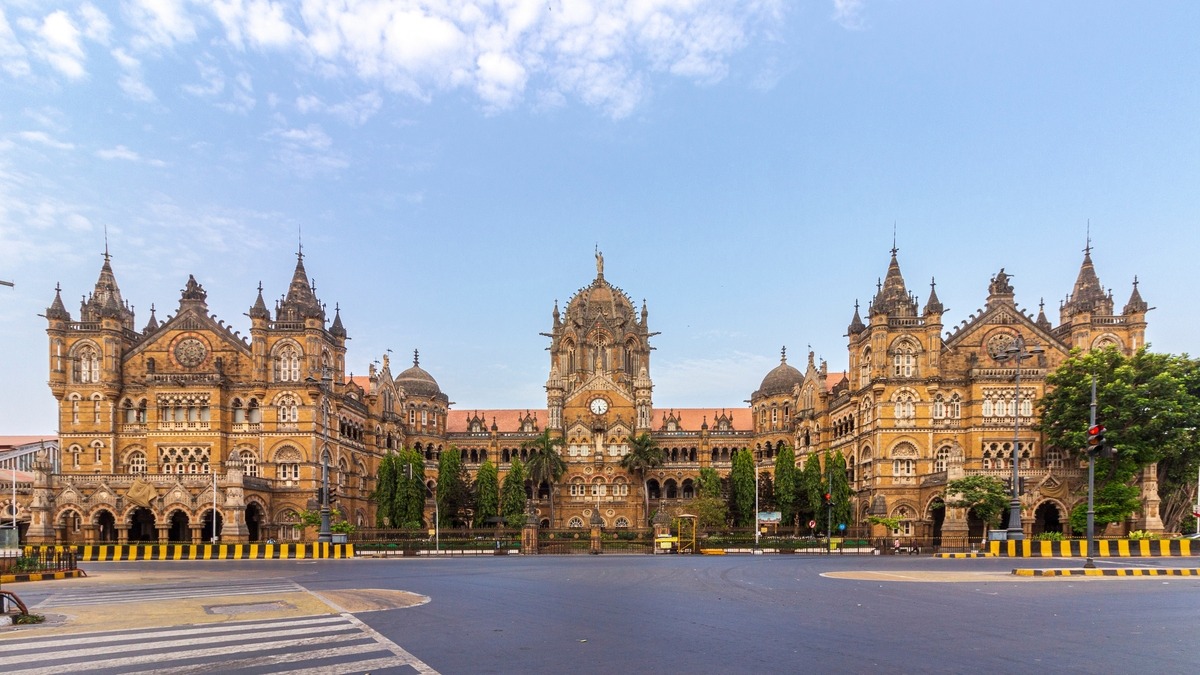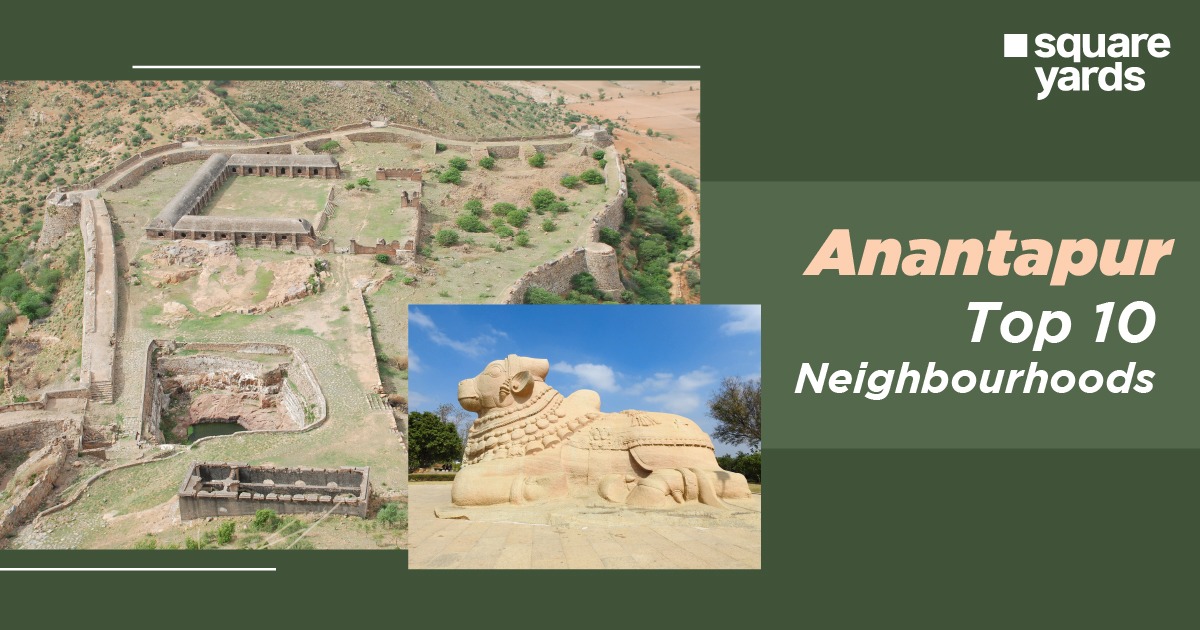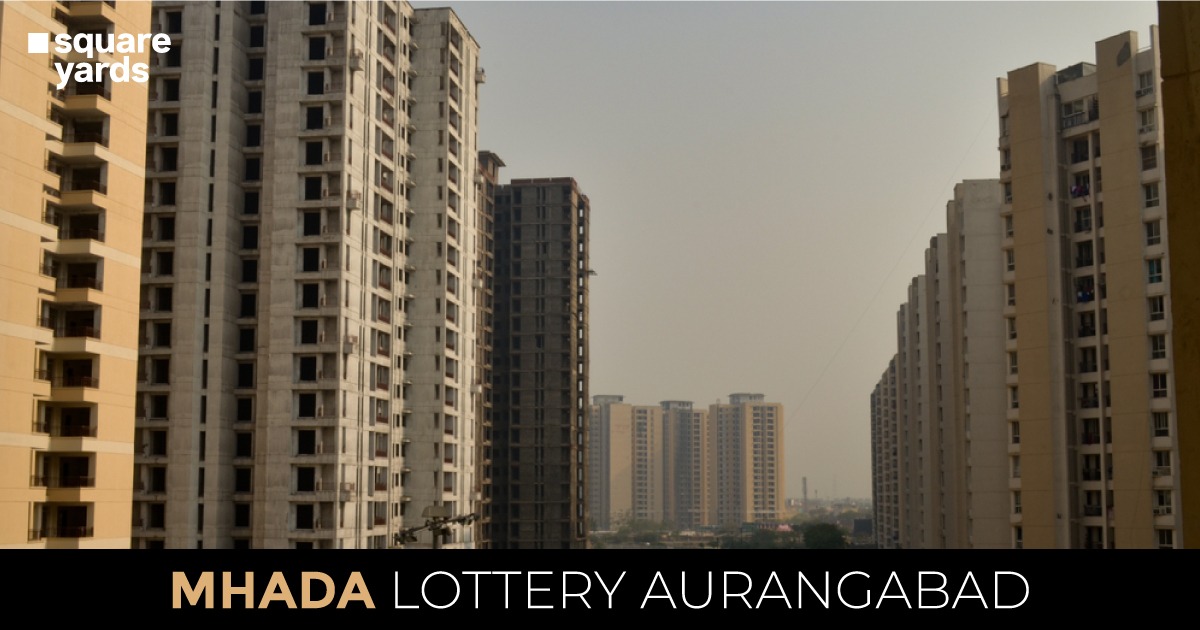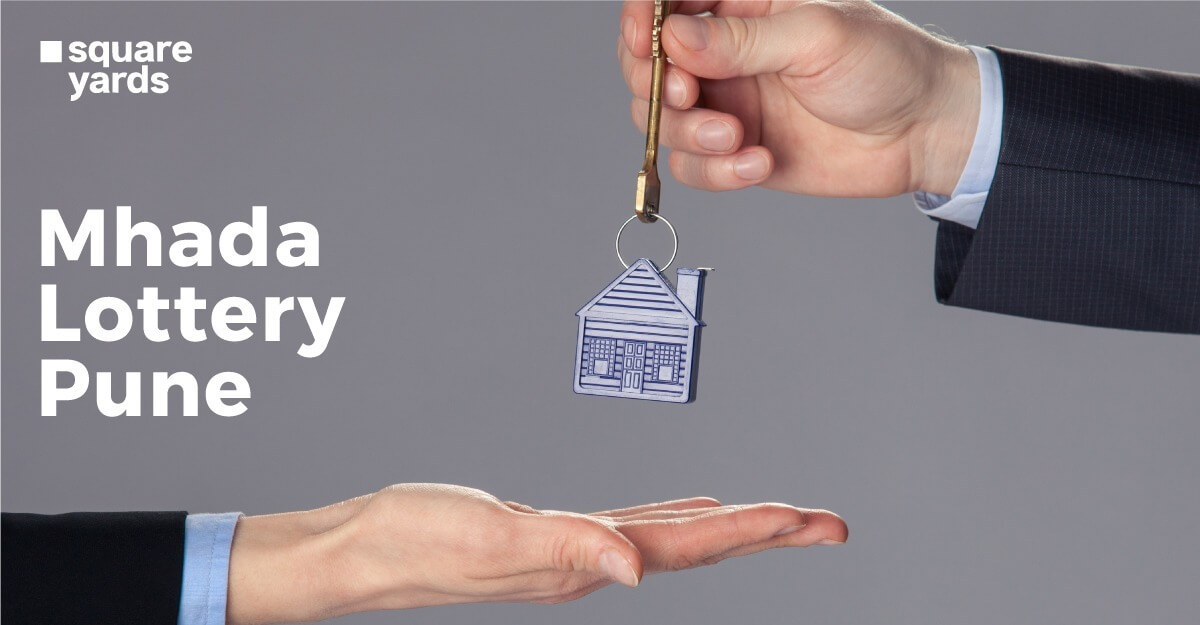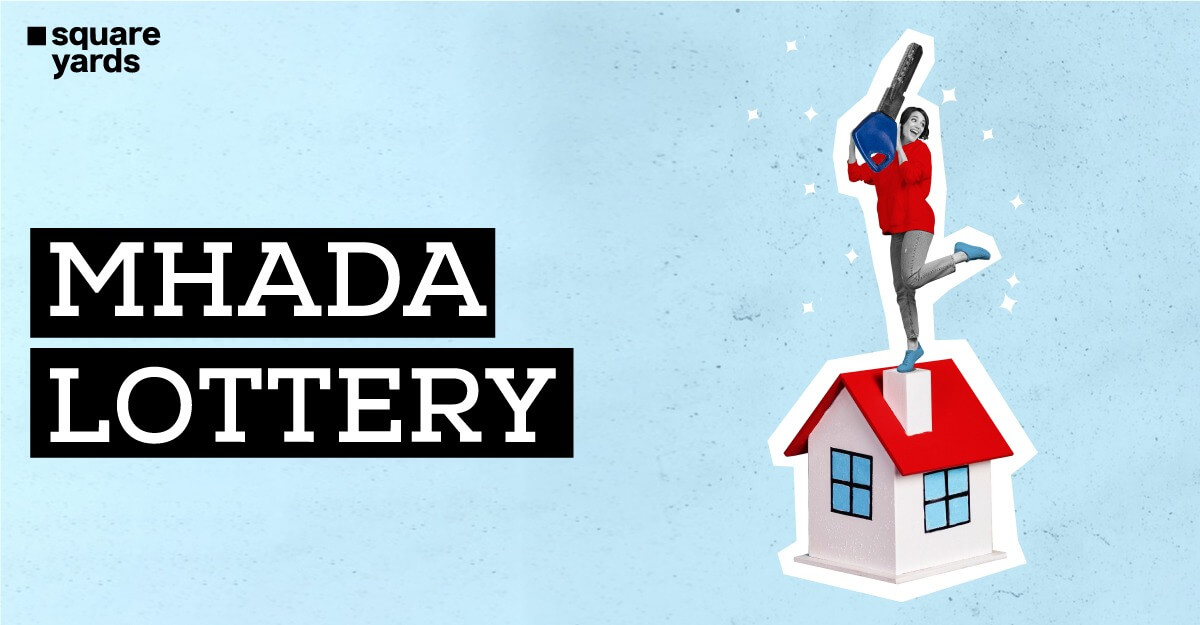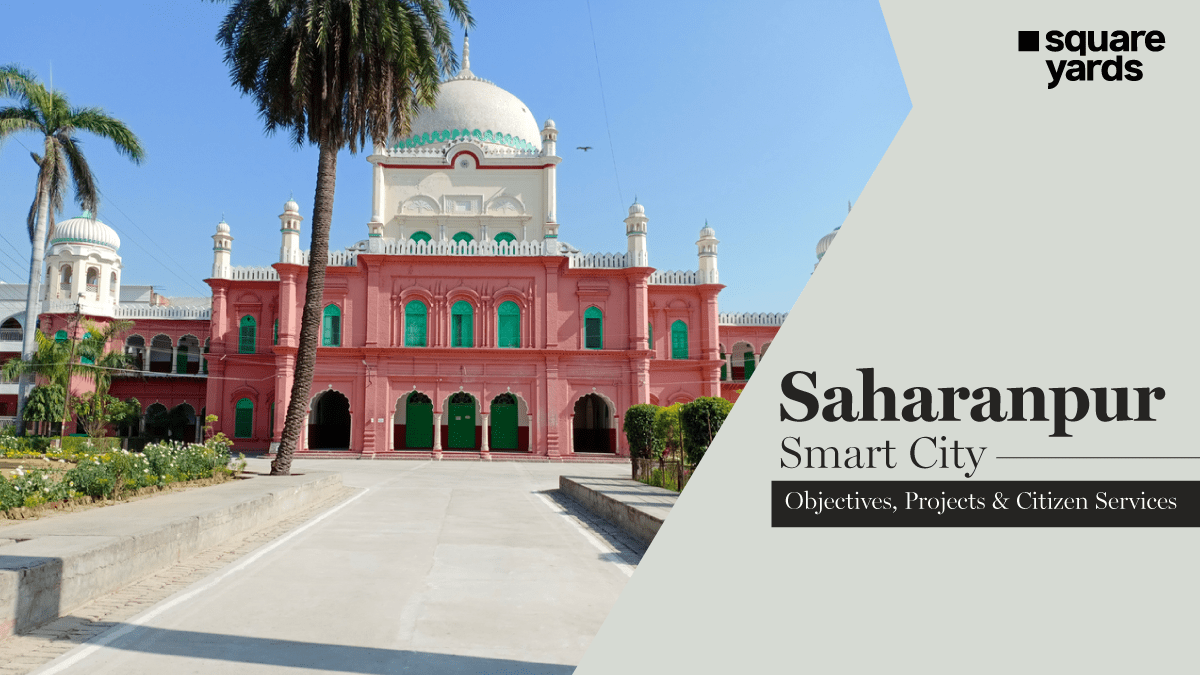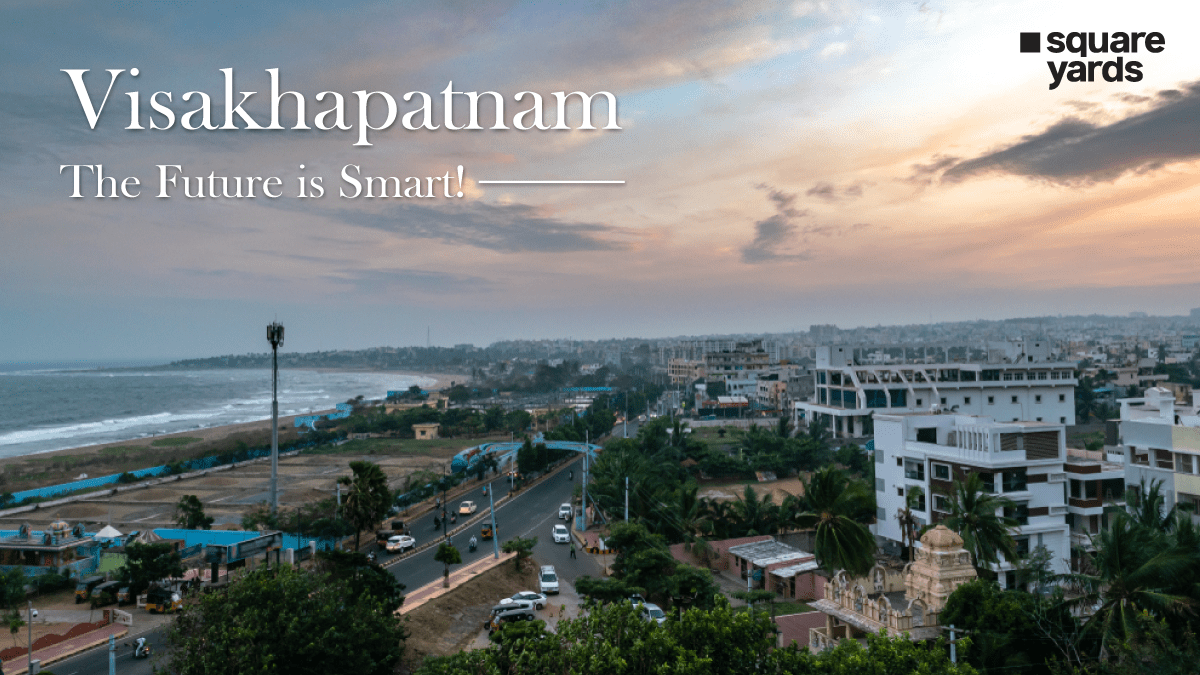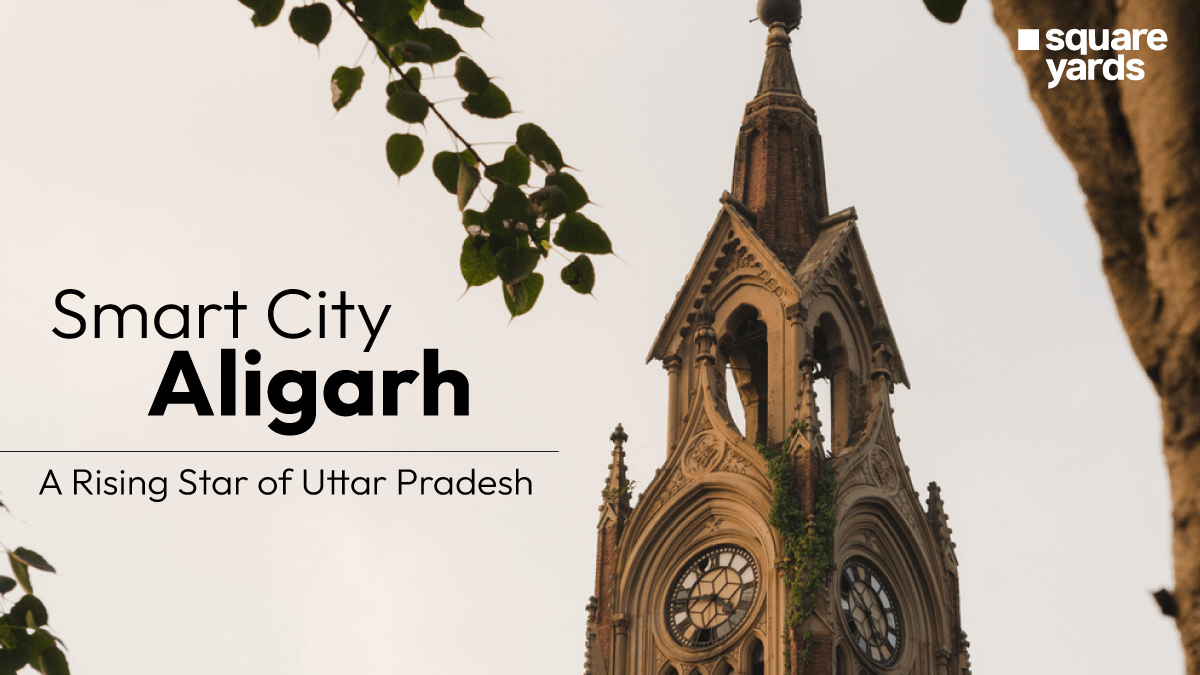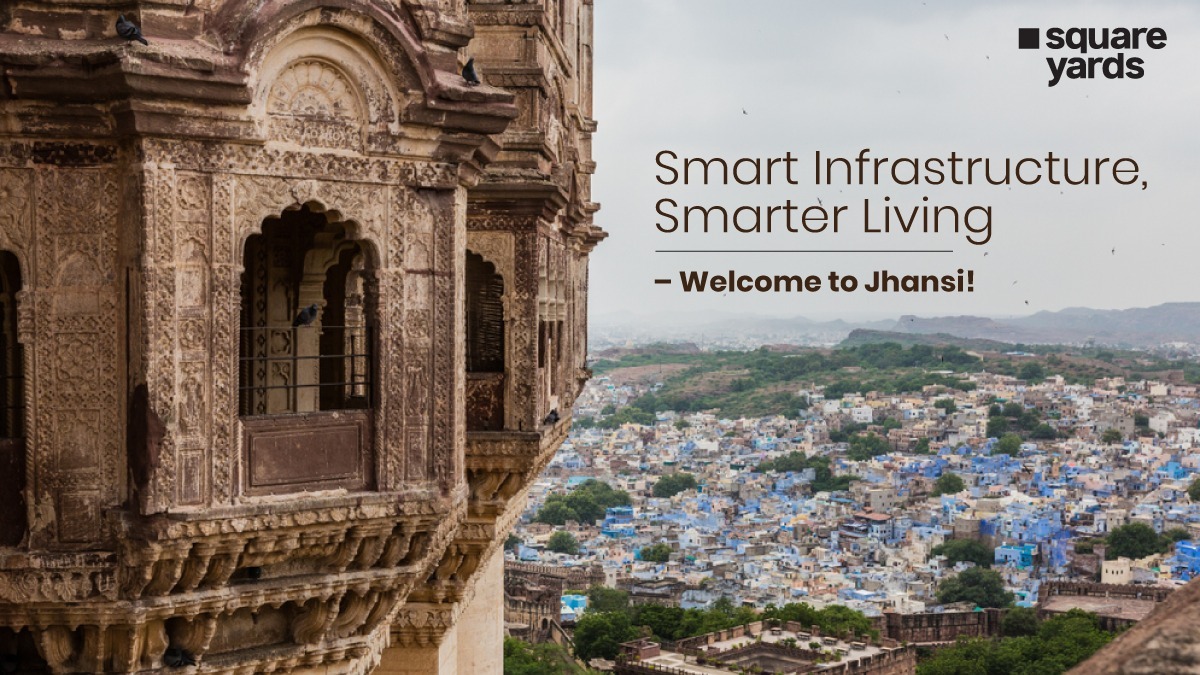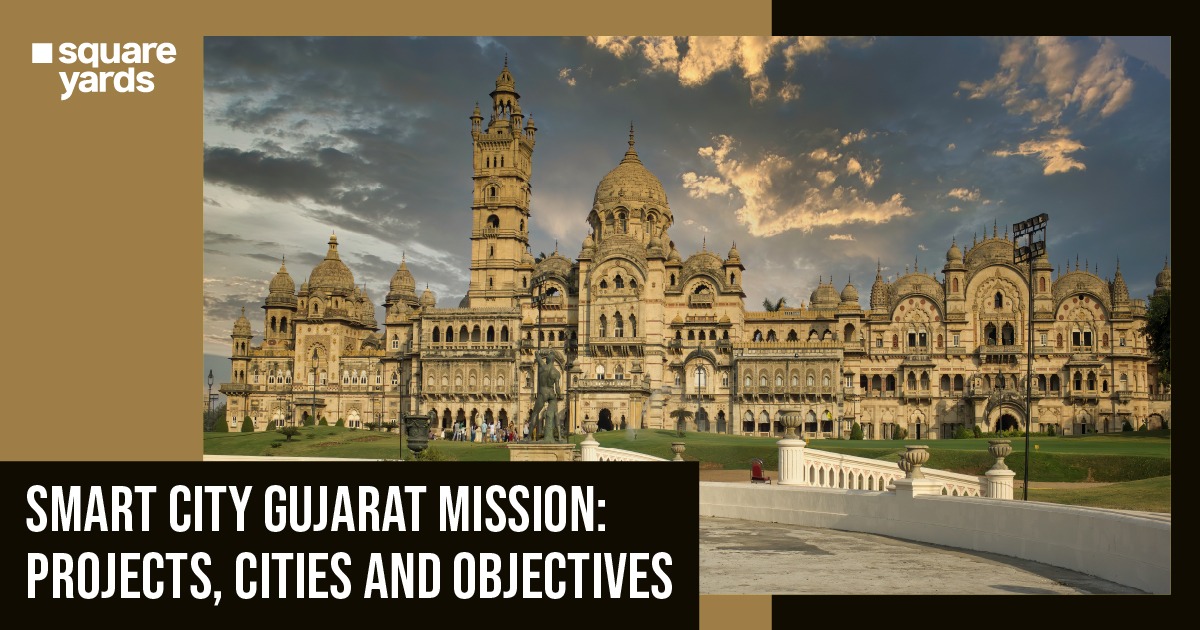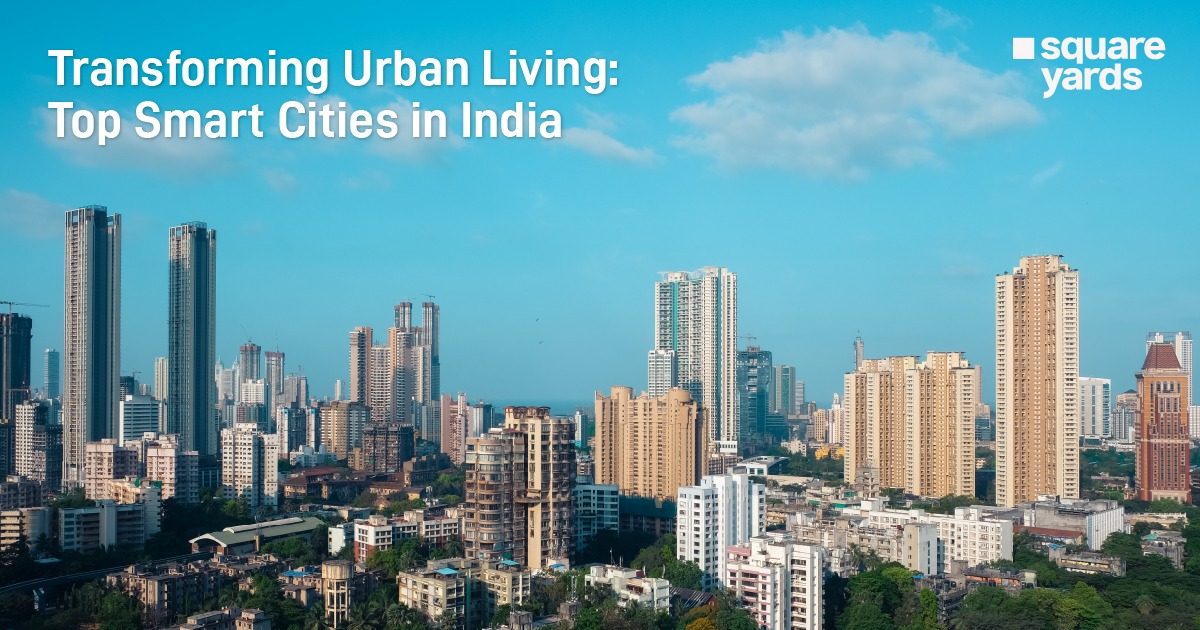Chhatrapati Shivaji Maharaj Vastu Sangrahalaya in Mumbai, Maharashtra, is a renowned museum established in 1905. This former museum is also known as the Prince of Wales Museum of Western India wasn’t opened till 1922. It serves as an open documentary of Indian history from prehistoric to modern times. Establish during the British Raj, it is nestled in the heart of South Mumbai. The museum is close to the Gateway of India and was renamed after Shivaji, the founder of the Maratha Empire, in 1998.
Read on to know more about this museum, including its history, entry fee, and timing.
Table of contents
- Historical Overview of Chhatrapati Shivaji Maharaj Vastu Sangrahalaya
- The Unique Architecture of Chhatrapati Shivaji Maharaj Vastu Sangrahalaya Mumbai
- Chhatrapati Shivaji Maharaj Vastu Sangrahalaya Entry Fees and Timings
- Chhatrapati Shivaji Maharaj Vastu Sangrahalaya Parking and Location
- Frequently Asked Questions (FAQs)
Historical Overview of Chhatrapati Shivaji Maharaj Vastu Sangrahalaya
Back in 1904, the citizens of Mumbai planned to offer a museum to celebrate the visit of the Prince of Wales, the future king of Wales, George V, the future emperor of India. In 1905, the committee passed the resolution for the museum to build the metropolis of Bombay as per the ambitious plan of Britishers.
On November 14, 1905, the Prince of Wales laid the foundation stone of the museum. Thus, it was formerly named after the “Prince of Wales Museum of Western India”. On March 1, 1907, the Bombay Presidency government granted a piece of land to the museum committee, which was known as the “Crescent Site.”
The funding of the museum was managed by the Royal Visit of Memorial Funds in 1905. Also, the municipality and the government granted INR 250,000 and INR 300,000, respectively. Chhatrapati Shivaji Maharaj Vastu Sangrahalaya was built under the Bombay Act III, 1909.
The Unique Architecture of Chhatrapati Shivaji Maharaj Vastu Sangrahalaya Mumbai
The museum building covers 3 acres of land area with an additional built up area of 12,142.23 sq.m. Surrounded by a huge garden, the formal flower beds and palm trees increase the grace of this antique structure. The building of the museum followed an open design competition commissioned by the Scottish architect, George Willet. The building of the museum was built using Kurla Basalt, the rapid cooling rock, and the buff-coloured Malad trachyte stone from the neighbourhood of Mumbai.
The Chhatrapati Shivaji Maharaj Vastu Sangrahalaya in Mumbai, Maharashtra is a three-story rectangular building that is capped by a dome that adds an extra storey to the centre of the building. Built in Western India, the building follows an Indo-Saracenic style of architecture (a revivalist architectural style generally used by British architects in the late 19th century to build the palaces of rulers and government buildings).
The museum lodges a central entrance porch just beneath the rising dome. It is beautifully tiled with blue and white flecks and supported gracefully on a lotus-petal base. A flock of crests, topped with mini domes, covers the central dome. The museum building also accommodates a finial-style Islamic dome along with inlaid floors and protruding balconies, inspired by the Indo-Islamic Mughal architecture of the 16th, 17th, and 18th centuries.
The interior structure of the museum includes railings and balconies of the 18th century Wada style, an Indo-Aryan Marathi architectural style. Also inspired by Jain-style architecture are the interior columns that form the main body of the central pavilion below the Maratha balcony.
Galleries of the Museum
The Chhatrapati Shivaji Maharaj Vastu Sangrahalaya in Mumbai has several galleries, related to history, natural history, Indian culture and art.
|
Galleries at Chhatrapati Shivaji Maharaj Vastu Sangrahalaya |
|
|
|
|
|
|
|
|
|
|
|
|
|
|
|
|
|
|
|
|
|
|
|
|
|
Chhatrapati Shivaji Maharaj Vastu Sangrahalaya Entry Fees and Timings
Below we have listed the entry fee for Chhatrapati Shivaji Maharaj Vastu Sangrahalaya, Mumbai, Maharashtra.
| Category | Entry Fee |
| Foreign Visitors (above 15years of age) | Rs. 650 |
| Indian adults (above 15 years of age) | Rs. 100 |
| Children / Students (5 to 15 years of age) | Rs. 30 |
| College Students (with valid ID card) | Rs. 50 |
| Indian Group Visitors (15 and more) | Rs. 75 |
| Defense Personnel (with service ID card) | Rs. 75 |
| Passes for Photography without tripod | Rs. 100 |
Timing: Chhatrapati Shivaji Maharaj Vastu Sangrahalaya timing for visitors is from 10:15 am to 6:00 pm from Sunday to Saturday. The ticket window of the museum closes at 5:30 pm every day.
Note:
- Some of the ticket rates have been revised by January 2022.
- The second floor galleries in the Heritage Wing of the CSMVS museum are temporarily closed to visitors due to the conservation work of the museum.
- Selfie sticks are strictly prohibited in the museum.
- Professional video shooting and commercial photography require prior permission from the authorities of the museum.
Chhatrapati Shivaji Maharaj Vastu Sangrahalaya Parking and Location
Chhatrapati Shivaji Maharaj Vastu Sangrahalaya is situated at 159-161, Mahatma Gandhi Road, Fort, Mumbai-400 023, Maharashtra, India. This antiquated museum is a major Mumbai landmark in the Kala Ghat Art precinct, along with the NGMA (National Gallery of Modern Art), the Regal Cinema, and the Jehangir Art Gallery.
Parking of Chhatrapati Shivaji Maharaj Vastu Sangrahalaya in Mumbai, Maharashtra is available in the pay and park lots at Kala Ghoda and Hanuman Chowk.
Frequently Asked Questions (FAQs)
Is the Chhatrapati Shivaji Maharaj Vastu Sangrahalaya museum open?
It is one of the most well-known places to visit in Mumbai, and it is open daily from 10:00 a.m. to 6:00 p.m.
Which Mumbai museum is so popular?
The Chhatrapati Shivaji Maharaj Vastu Sangrahalaya is a popular museum in Mumbai. Formerly the Prince of Wales Museum of Western India, this Ido-Saracenic structure is amongst the most beautiful buildings in the whole city.
How many museums are there in Mumbai?
The National Gallery of Modern Art, Bhau Daji Lad Museum, Chhatrapati Shivaji Maharaj Vastu Sangrahalaya, CST Heritage Gallery & Railway Museum, and Mani Bhavan are some of the museums in Mumbai.
When was the Prince of Wales museum built?
The Prince of Wales Museum was built on January 10th, 1922.
Why is Mumbai known as an island?
Mumbai is popularly known as the “city of seven islands” as it is established on what was once an archipelago that involved Parel, Mazagaon, Colaba, Mahim, Isle of Bombay, Worli, and Old Woman’s island.


